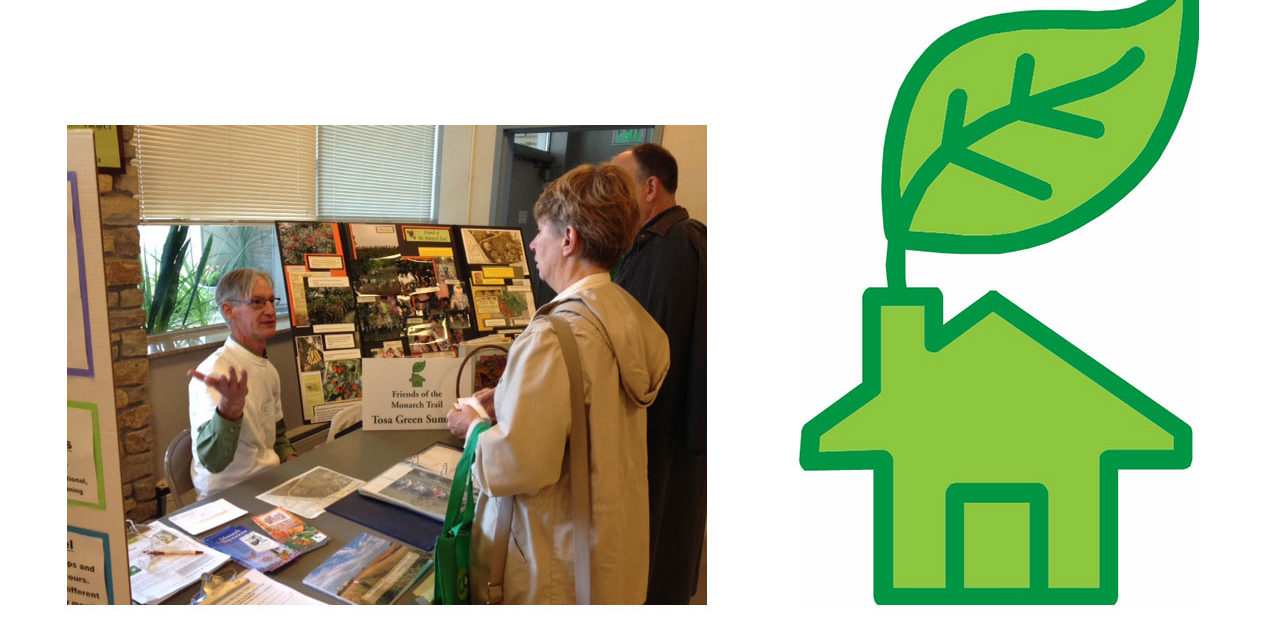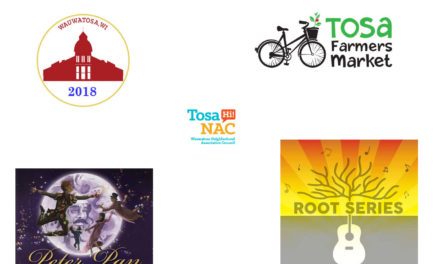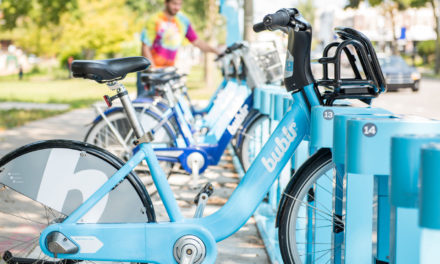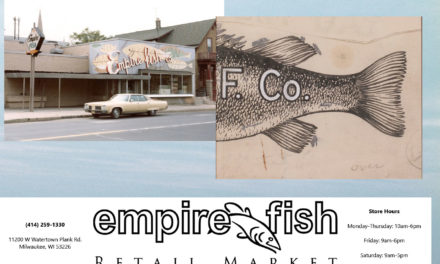By Rick Romano
It’s now easier than ever to be green in Wauwatosa.
The 8th Annual Tosa Green Summit, to be held from 10 a.m. to 1 p.m. on Saturday, Sept. 8 at the city’s Civic Center, is meant to be more than a learning experience. Organizers hope participants will be inspired and take to heart this year’s event theme: “Create Awareness Take Action.”
Broad Approach
 Action can take many forms, according to summit organizing leader Jeff Roznowski.
Action can take many forms, according to summit organizing leader Jeff Roznowski.
“I think from the beginning there was an awareness of many different kinds of green initiatives,” Roznowski said. “It doesn’t mean just one or two things.”
He noted the summit takes a varied approach that includes focus on energy, land, food, water, nature, climate and transit. That broad approach drives the annual Green Summit to include not only exhibitors inside the Civic Center, but also a one-stop drop-off in the adjoining parking lot for residents to use for a variety of recyclable and other items needing special handling. In 2017, the effort collected more than 28,000 pounds of hazardous household waste, 4,800 pounds of shredded paper, more than 220 pounds of medications, more than 660 pounds of clothing and shoes and 36 bikes.
This year, Roznowski expects well over 20 exhibitors. A partial list includes organizations and efforts such as the Sierra Club’s Great Waters Group, Focus on Energy, SEWRPC – Vision 2050, Green Neighbor Wauwatosa, Energy & Recycling Advisory Committee, Bublr Bikes and Tosa Green Summer MMSD Rain Barrel Project. He also expects to attract at least upwards of 200 participants.
“We try to make this a little bit bigger each year,” Roznowski said.
The Seeds of Green
The Summit’s origins date back to 2008 when Roznowski and a group of other residents that included former Common Council President Liz Barren, current Ald. Kathy Causier, Jill and Tom Gaertner, and Mary Ptaszek were working together to promote the mayoral bid of Jerry Stefaniak, who had served as alderman. When that effort failed, the group’s focus shifted.
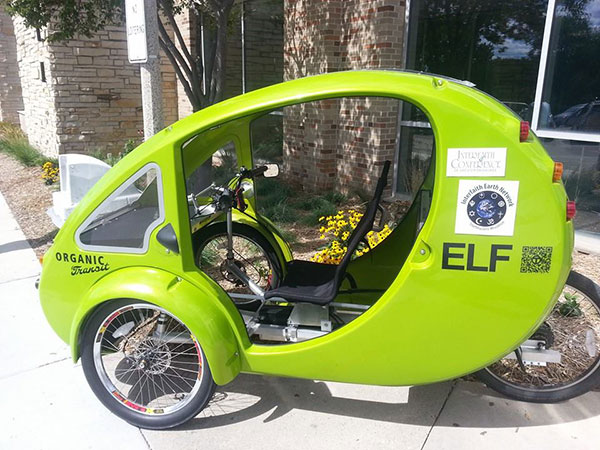 “We had a lot of camaraderie, so the group decided we should do something to help the community,” Roznowski said. “Many of us had strong passions for sustainability, so we brainstormed ideas. We realized there was not a lot of activity or awareness, we were driven by the passion and the lack of information and activities. That led to our first event in 2009.”
“We had a lot of camaraderie, so the group decided we should do something to help the community,” Roznowski said. “Many of us had strong passions for sustainability, so we brainstormed ideas. We realized there was not a lot of activity or awareness, we were driven by the passion and the lack of information and activities. That led to our first event in 2009.”
Originally imagined as an Earth Day event in spring, Roznowski said the September timeframe helped give the local effort a more distinctive emphasis and helps the cause to instill a year-round mindset.
“The way this has grown is that original participants and groups have connected with other similar-minded people and groups,” he said. Ideally, a school group at McKinley Elementary that is collecting lunch leftovers for composting connects with the local Compost Crusaders and MMSD, and Girl Scout Group 8689 at Washington School that has done activities around the Havenwood State Forest, connects with efforts for the Forest Exploration Center.
Organizers’ Viewpoints
In recent years, as some involved in the city’s original sustainability brainstorming have peeled-off, others have joined. Most recently, Nancy Alberte, a regional market outreach specialist for a national energy efficiency company and Mike Arney, a local data programmer, have assisted Roznowski in ensuring the Green Summit continues.
“I’m really concerned about climate,” Avery said. “I’d really like to get more people involved, since the Green Summit seems to be at a mature stable point.”
Alberte agreed, noting, “I love being around like-minded people. I think we can grow beyond what we are doing.”
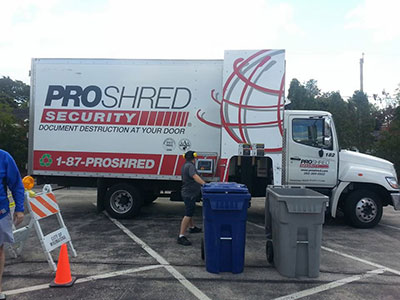 The Summit’s leadership points to growing the efforts beyond the annual, centralized event. They favor neighborhoods taking on sustainability projects and, like other efforts that have natural connections, eventually link those initiatives.
The Summit’s leadership points to growing the efforts beyond the annual, centralized event. They favor neighborhoods taking on sustainability projects and, like other efforts that have natural connections, eventually link those initiatives.
“The challenge in all of this is how to keep sustainable initiatives sustainable,” Roznowski said. “We have been able to link a variety of initiatives including Crime Stoppers and the Health Department to join efforts in composting, solar energy and a lot more.”
He said the three-legged stool of sustainability – people, planet and profit – works when you can demonstrate a benefit to quality of life and an eventual cost savings.
“We have a 30 percent diversion rate – what we divert from landfill – in Tosa. We could increase that to 50 percent and use the savings for other needs, such as staffing of police officers and fire fighters as well as other services,” Roznowski stressed,
The future, Roznowski said, may hinge on whether the Summit’s activities, as well as the city’s sustainability efforts outside of the annual event, will inspire youngsters, and whether efforts can also spread to the business community.
“Let’s take advantage of the fact that we are a hot (development) community. There is a lot of potential,” he said. “Maybe we can incentivize businesses with approvals that require some sustainable activities.”
Statewide Example
Wauwatosa already is a leading champion of sustainability in Southeastern Wisconsin, joined by communities such as Milwaukee, Shorewood and Brookfield. The Wisconsin Department of Natural Resources has recognized the city’s over-all efforts by accepting the city as a legacy member of its Green Tier Charter. This unique partnership between some 23 communities, nonprofit organizations and state agencies, is more than recognition. It helps connect Tosa to various services, resources, and research.
“This is a great group of communities that share resource information,” said Will Erikson, the DNR’s legacy community coordinator. He noted that member communities are invited to meet quarterly as well as attend an annual meeting where speakers and facilitators explore how community partnerships can further the cause.
“We are really glad to have Wauwatosa in the network,” Erikson said. More information about the statewide effort is available at www.greentiercommunities.org.
Tosa Green Summit also has a Facebook page.

